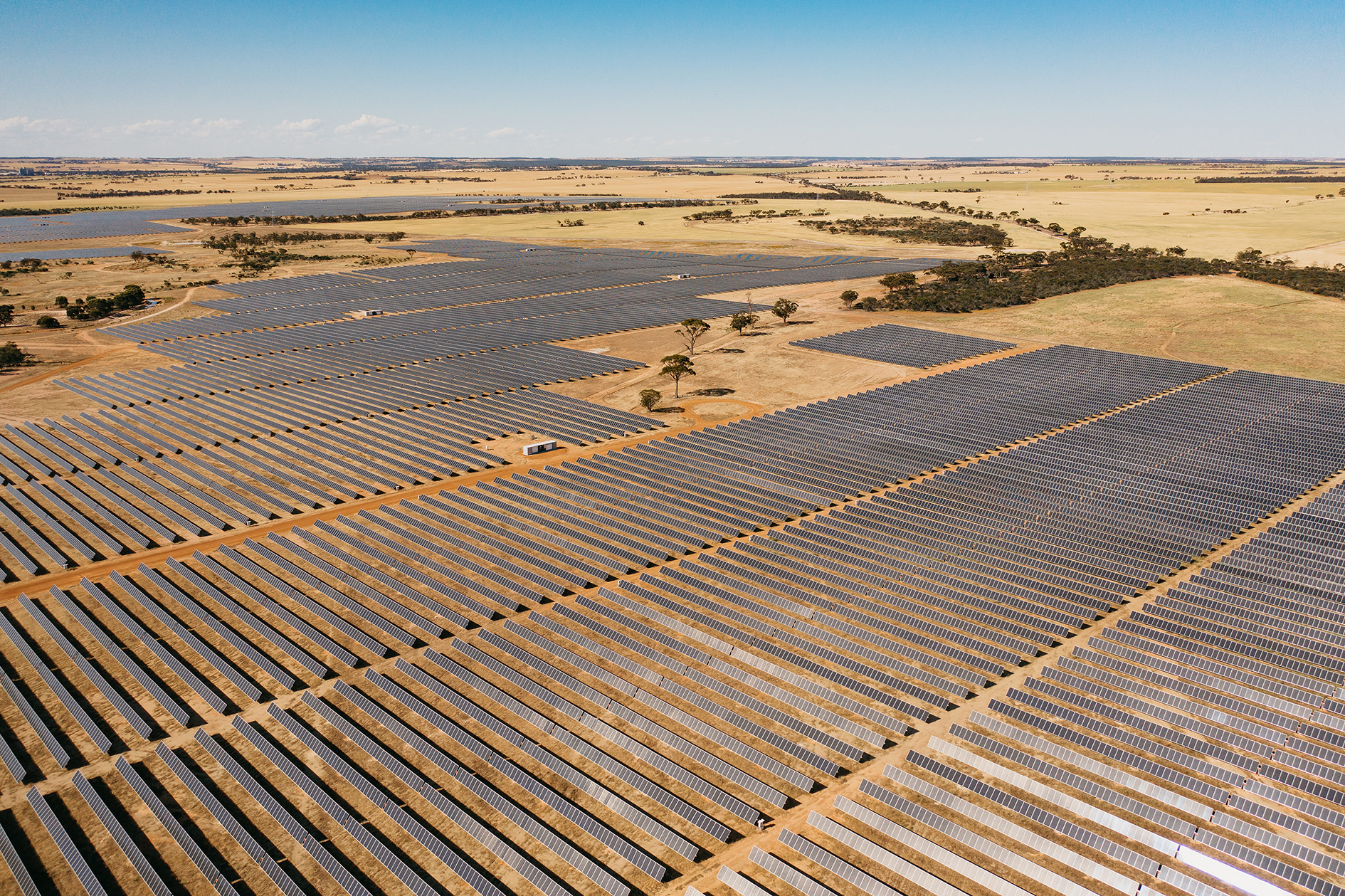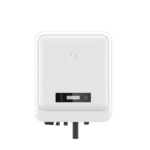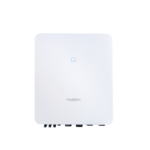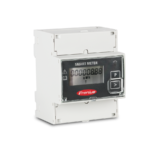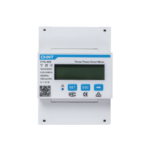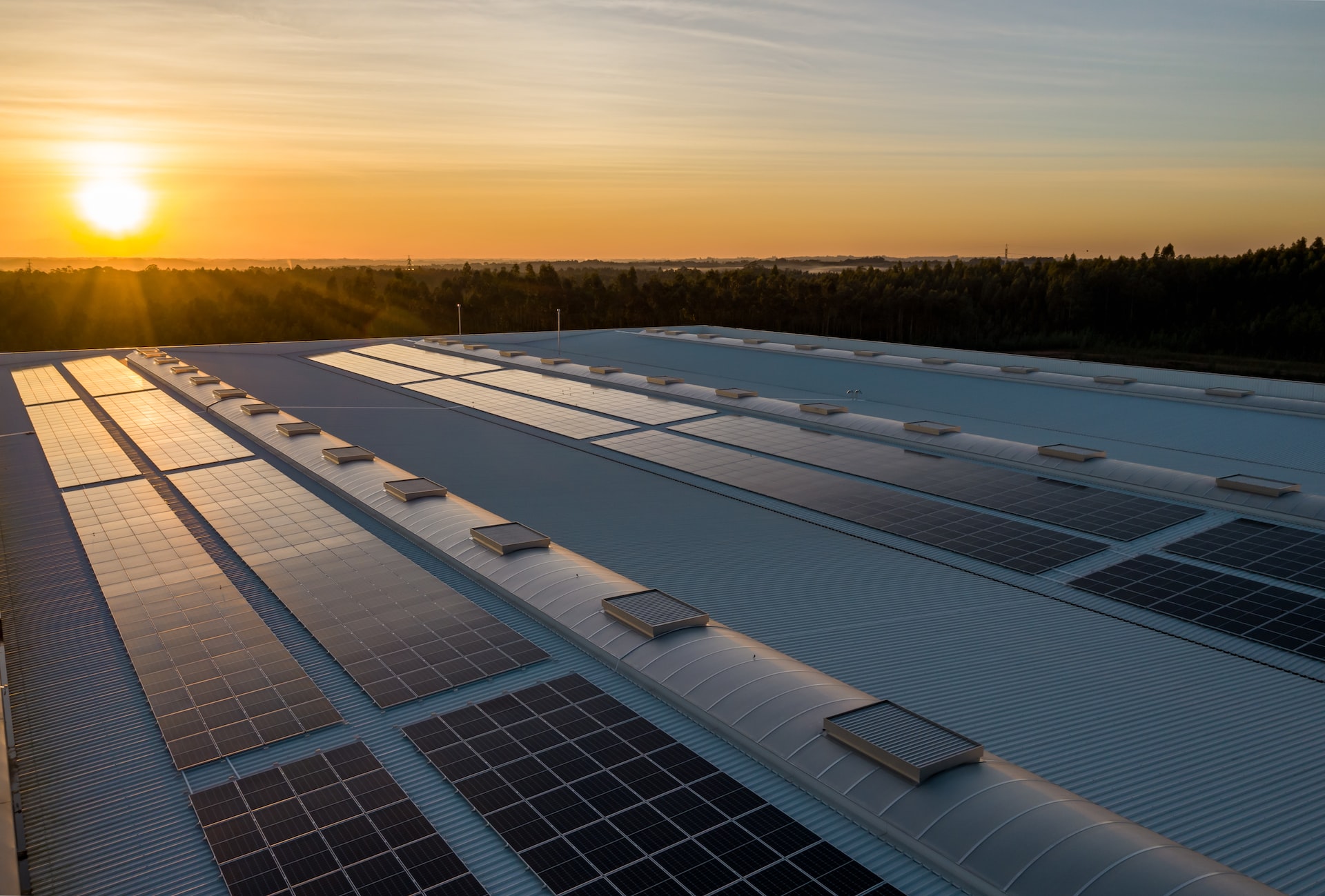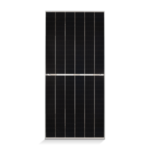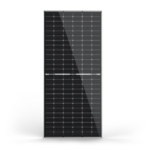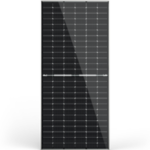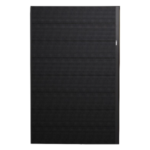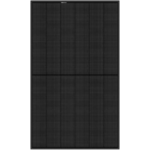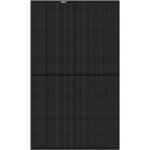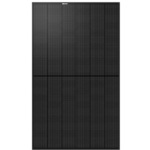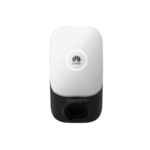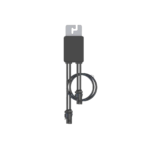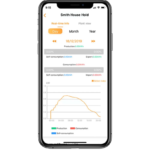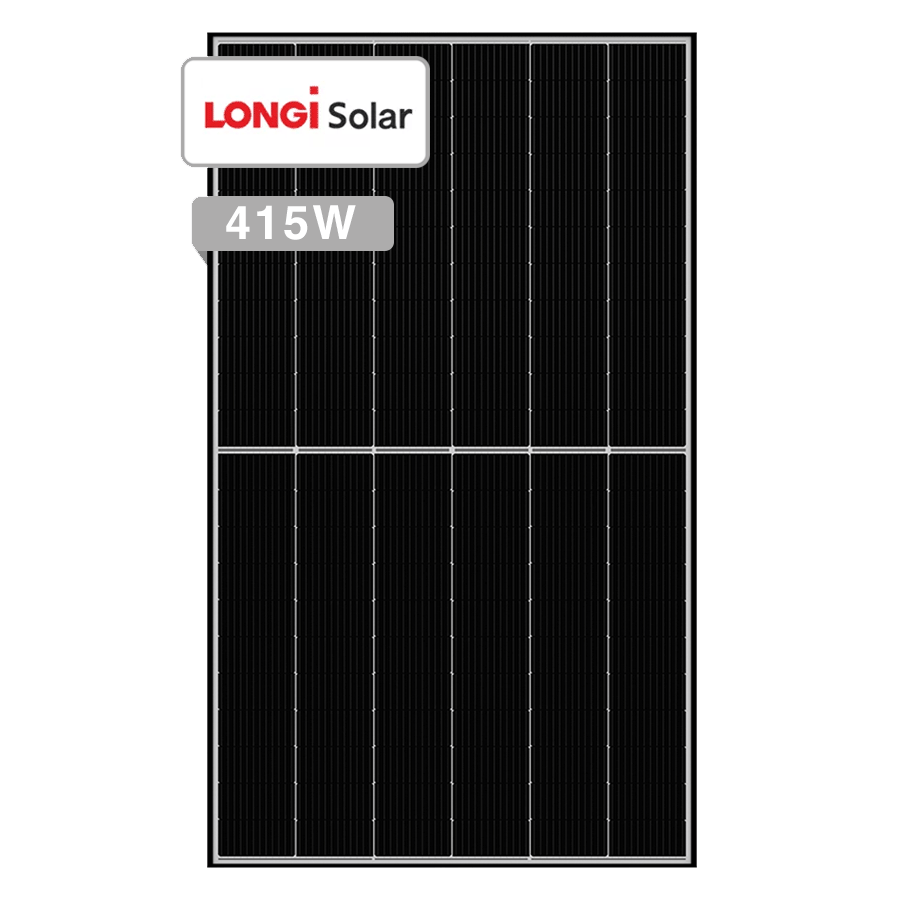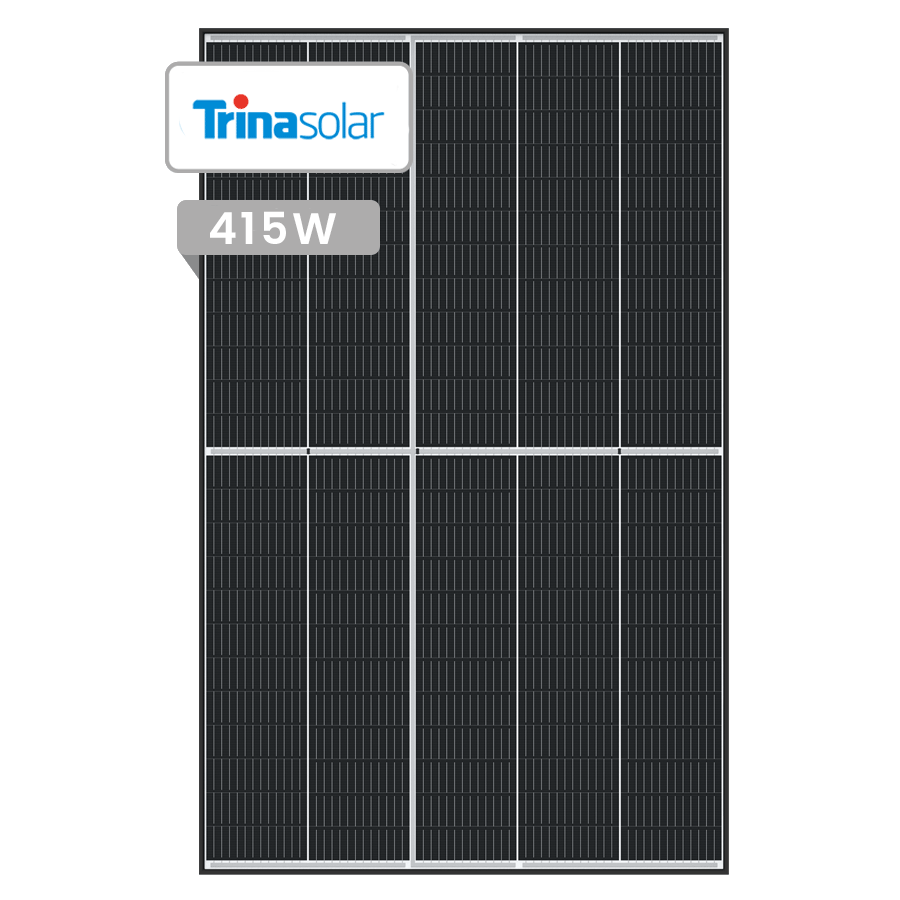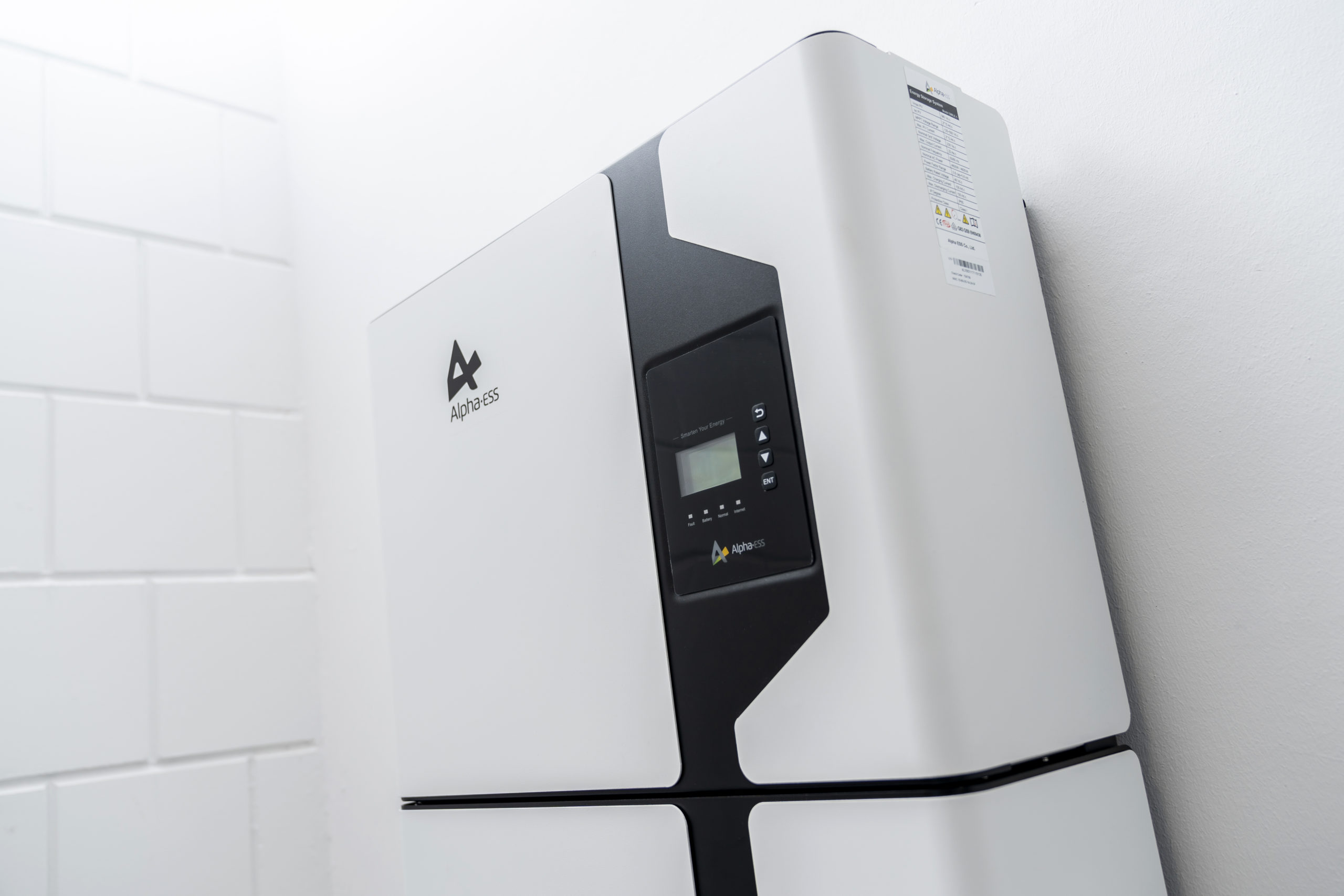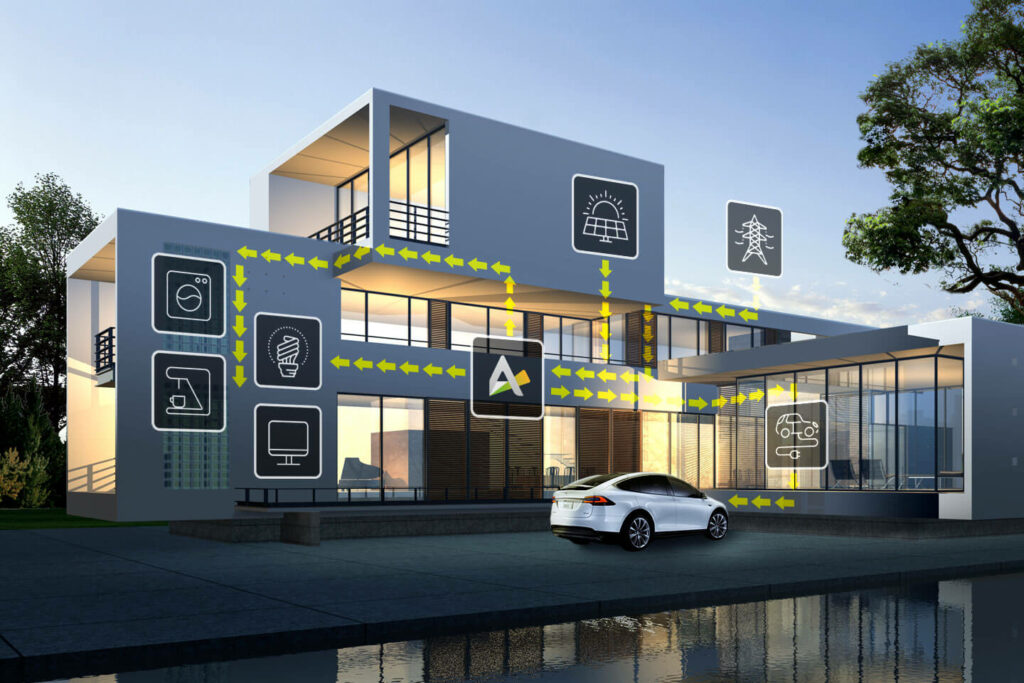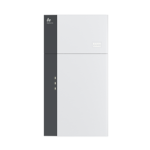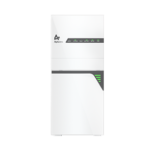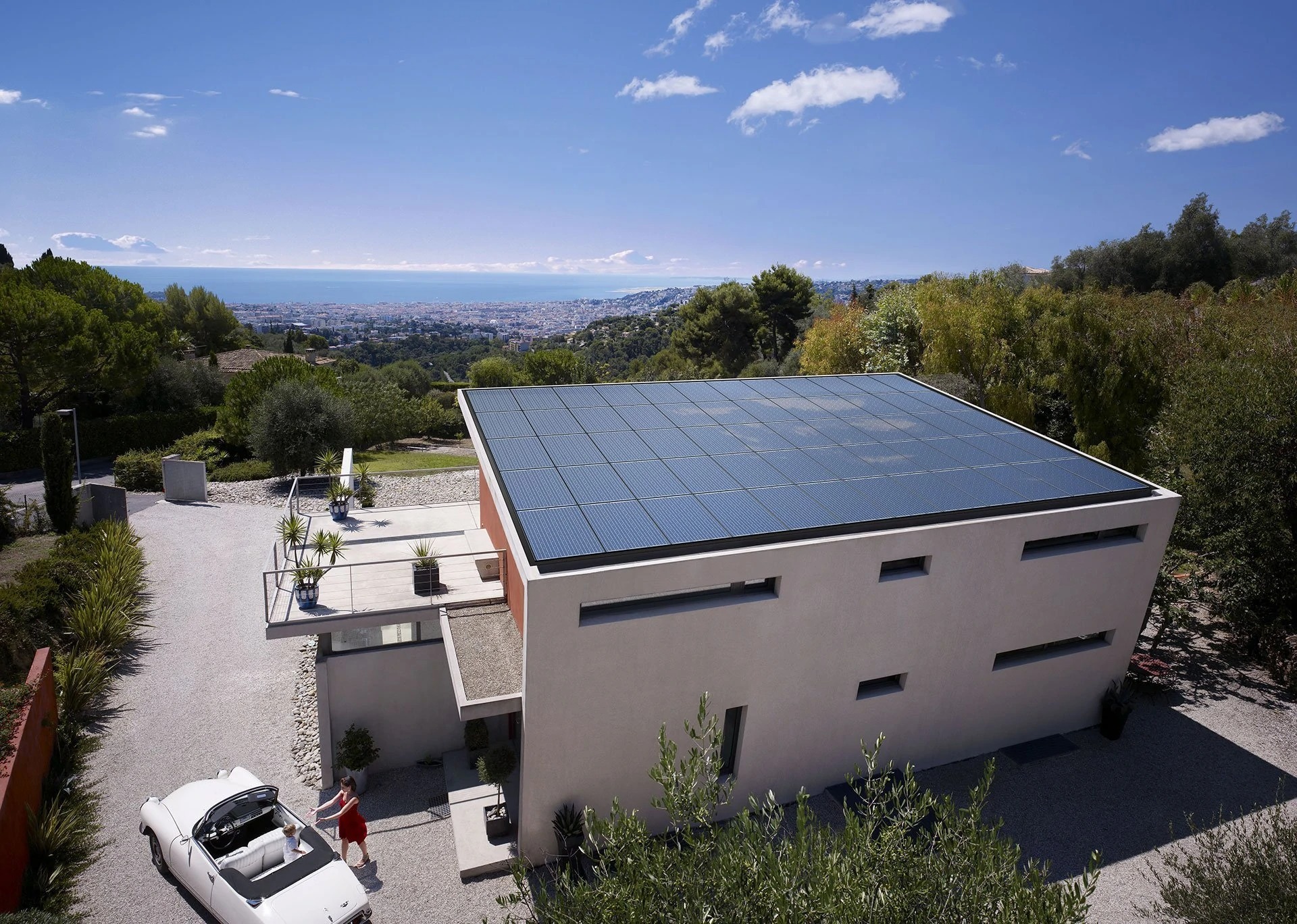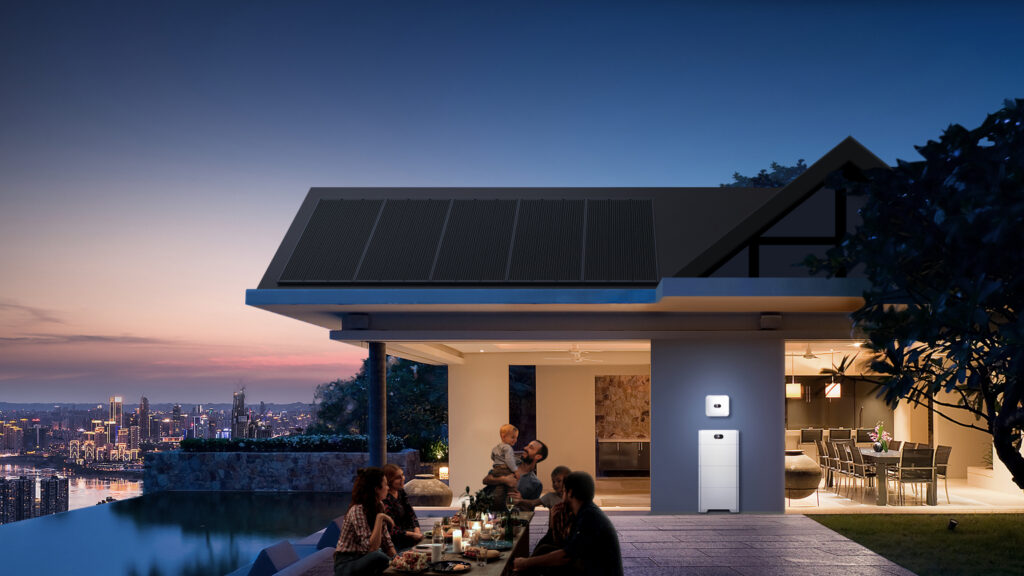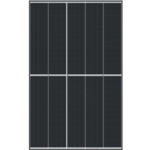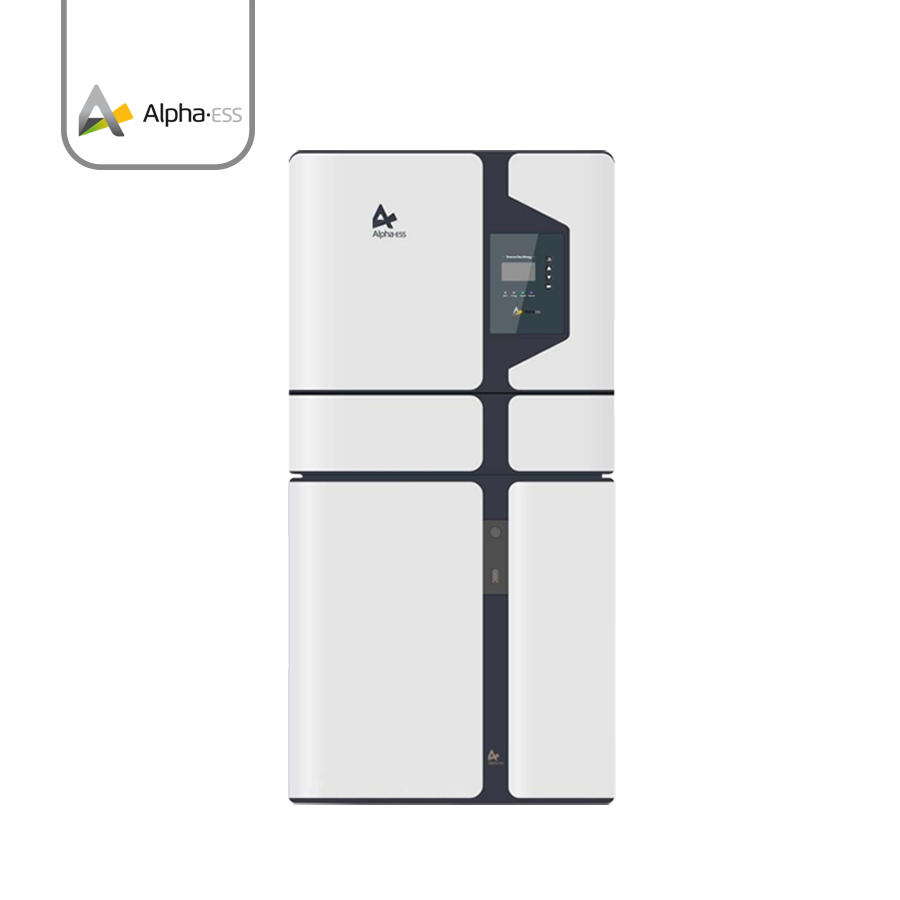Risen solar panels are the module of choice used within Western Australia’s iconic Merredin Solar Farm, a national utility-scale leader in production output. However, to determine which Risen solar panels are ideal for your project, greater insight is essential—the researched investor you want the Risen Energy facts, less the spin. Your focus is energy security when choosing a particular solar panel, and five essential elements deliver a better general insight to reassure a solar energy investment decision.
Contents
Pros & cons
- Reputable brand strength.
- Automated manufacturing process.
- Affordability for good technology.
- Used in WA utility-scale local projects.
- Limited module classifications.
- Larger power classes are not a technology improvement.
Most will consider whether Risen solar panels are a BNEF Tier-1 ranked module brand. Even though such ranking offers little insight into individual product quality, the Bloomberg New Energy Finance module tiering system provides manufacturer bankability rankings for large-scale solar projects assisting warranty assurance for financiers. As it turns out, this is advantageous for rooftop solar module purchasers when considering brand strength and long-term warranty validity.
The sixth most voluminous BNEF Tier-1 solar panel manufacturer (Q1, 2023, 39 companies listed), Risen Energy is fast becoming synonymous with modern high-efficiency module designs while offering exceptional value. However, broader research is required to know which particular Risen solar panels are ideal for your rooftop solar project.
Risen Energy: Merredin solar farm preview.
Which to consider
Even though Risen have many module variations, most currently available in Perth can be refined to one base residential module variant. From here, higher Watt solar panels are merely achieved by adding more cells and, in turn, increasing weight and loading on the structure beneath. Ensuring a solar panel weighing 20-21 kG is a good measure of discerning the module difference if sizes become confusing.
Model | Power | Efficiency | Temp COEF (°C) | Weight | Download | |
|---|---|---|---|---|---|---|
 | Titan S | 415 W | 21.6% | -0.34% | 21 kg | Datasheet |
Risen Titan S (415 W): The most popular of the current Titan series provides an improved yield for rooftop solar arrays and superior affordability. Alternative models exist for different purposes. However, the Risen Titan S 415 W (120 cells) is by far the most popular for residential rooftops. Larger and alternative formations exist (bifacial/ all-black/ 130+ cells), although this is the base design on which the technology is founded.
Need better solar? Get fast-tracked for hassle-free solar from Perth Solar Warehouse.
What is the warranty
25 years product warranty and 25 years performance warranty for Australian rooftop allocated Risen solar panels. Go larger Watt-class to a large-scale Risen solar panel and the product warranty is 15 years.
Model | Product warranty period | Performance warranty period | 1st year degradation 1 | Annual degradation 1,2 | Download | |
|---|---|---|---|---|---|---|
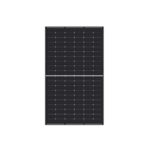 | Titan S (120 cell) | 25 yrs | 25 yrs | 2% | 0.55% | Warranty |
 | Titan (150 cell) | 15 yrs | 25 yrs | 2% | 0.55% | Warranty |
- Warranted maximum power output degradation within a nominated period at Standard Test Conditions.
- Annual warranted maximum power output degradation at Standard Test Conditions, beyond year-1 for the remaining performance warranty period.
This information should be interpreted alongside the full Risen Energy warranty document.
Where are they made
Headquartered in Ningbo China, Risen solar panels are produced in multiple facilities across China. The most modern being a new 5GW solar cell and module manufacturing plant in Changzhou City which opened January 2018 to accommodate the new multi busbar and half-cut cell module designs.
Global offices to support the Risen solar panels range internationally include:
- Nürnberg, Germany.
- Mount Waverley, Victoria, Australia.
- Porto-Novo, The Republic of Benin (West Africa).
- Mexico City, México.
- Bangalore, India.
- Tokyo, Japan.
- San Jose, CA, USA.
- Madrid, Spain.
What do they cost
With most Risen solar panels an extension of the base Titan S model, prices are similar on a cost per/watt basis. Therefore expect a similar cost per kW installed for all Titan badged Risen solar panels.
Model | Sample System Size | Average Cost per kW 1 | PSW Price | |
|---|---|---|---|---|
 | Risen Titan S | 6.6 kW | $650 | Discover |
1. Average cost per kW installed (after STC value deducted as a point-of-sale discount), considering average inverter cost compatible with the sample system size, and based on values relevant within 30 days of the article post date.
Ensure these Risen Solar panels and their nominated prices are our best. Get your copy of the latest Perth Solar Warehouse catalogue.
As the most common small-scale system size (residential), a 6.6 kW system is used as an example. Considering all inverter types, the average cost has been divided to provide an Average Cost per kW. To assist with research and for comparative purposes, the average cost can be multiplied by any nominated system size for a general price. This content is not a substitute for a quoted price.
Quick links: Alternative system size prices 3 kW, 10 kW or 13 kW
Done differently. There’s a reason we’re the researched buyers choice.
Pairing options
It’s one thing to know which Risen solar panels to consider, this is only ever half the equation. Some know exactly their inverter or battery preferences. However, for those seeking a little further inspiration, try these popular product pairings for an assured future-ready energy system.

Standard Inverter: Goodwe DNS-G3 or SDT-G2. It’s hard to ignore Goodwe as an inverter consideration. It may be at the more affordable end of the spectrum, but it just works. Great software, outstanding local support and a solid reputation. Unquestionably, Goodwe builds dependable solar inverters.
Review: How good is a Goodwe for your project
$$

Hybrid Inverter: Huawei SUN2000-L1 or M1. A proven hybrid inverter within Australia with a consistently evolving product suite. If limitations exist, maximise the oversizing capabilities of your preferred Jinko solar panels by adding a Huawei LUNA battery. For a one-energy ecosystem solution, the Huawei EV charger will arrive in 2023.
How does a Huawei inverter compare to European alternatives ›
$$$

Hybrid inverter: Fronius Primo/ Symo GEN24. When you occupy 20% of the Australian inverter market share, there’s a reason. Over the last decade, Fronius has earned a reputation for building dependable solar inverters leading the way in energy ecosystem development with the new release Fronius GEN24 range. This is how you evolve!
Is a Fronius inverter worth the extra expense ›
$$$
Which is ideal for you
Ruling out non-roof top solar recommended solar panel variants, two Risen solar panels are available on the Risen Energy Australia website (April 23); Risen Titan S and the Risen Titan S Black.
Your choice of Risen solar panels is relatively simple based on your ideal preference. If superior energy density from a nominated area is crucial, you’re amongst good company, as the Risen Titan S 415W module variant is the most popular.
However, suppose you’re seeking a sleek one-colour solar array for the ultimate aesthetic appeal. In that case, the Risen Titan S Black combined with PSW all-black mounting hardware ensures your energy investment performs as slick as it looks.
Seeking a more specific Risen Energy product? As a proven Risen Preferred (Gold) Partner based in Western Australia, Perth Solar Warehouse sales support can assist.

